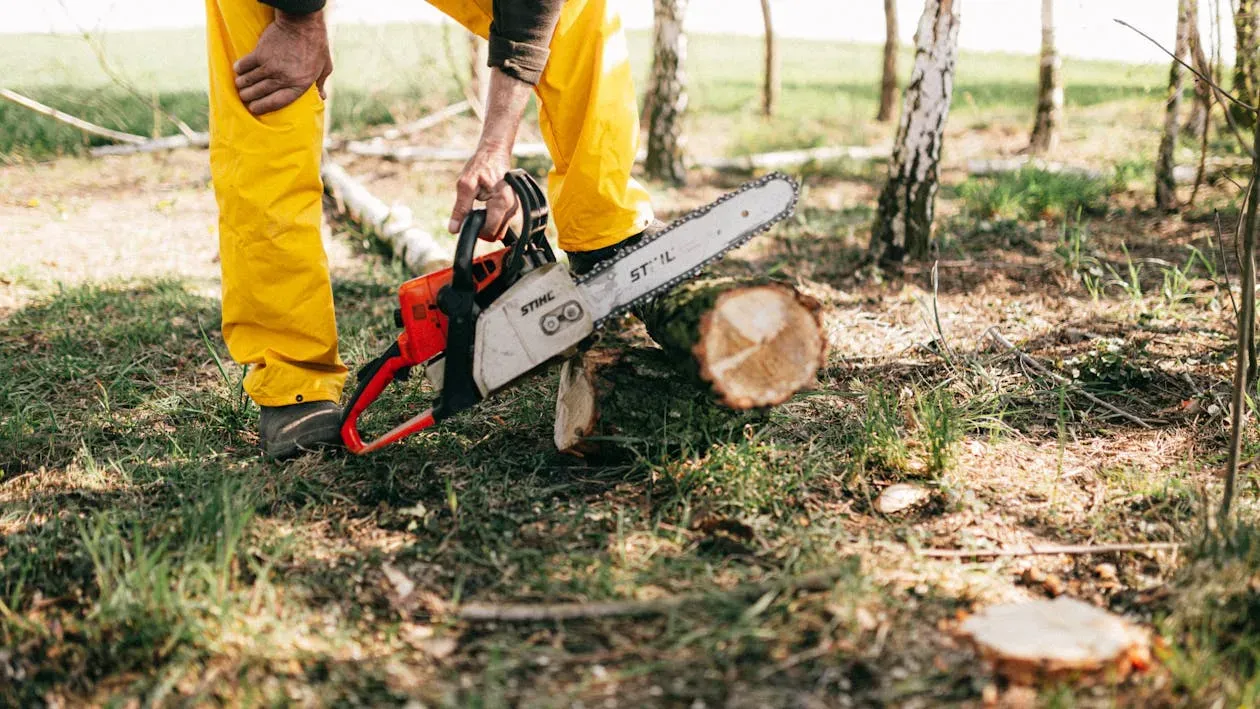When it comes to tree removal, there are a few important factors to consider. Whether you need to remove a tree for aesthetic purposes, safety concerns, or to make room for development, understanding the services involved and the costs associated with tree removal can help you make informed decisions.
In this article, we will explore the different aspects of tree removal in Sydney, including the services provided, factors that influence tree removal cost, average price ranges, and tips for choosing the right tree removal service.
Understanding Tree Removal Services
Tree removal services encompass a range of tasks involved in taking down and disposing of trees. This can include cutting down the tree, removing the stump, and cleaning up the debris. It is important to hire a professional tree removal service to ensure the job is done safely and efficiently. Let’s take a closer look at what tree removal entails and the different types of tree removal services available. Learn more how to find the best tree removal service near me.
What Does Tree Removal Entail?
Tree removal involves cutting down a tree and removing it from the property. This is typically done using specialized equipment, such as chainsaws and cranes, to ensure the tree is safely taken down without causing damage to nearby structures or property. After the tree is cut down, the stump is usually removed as well, either by grinding it down or by completely excavating it.
When it comes to tree removal, there are several factors that need to be taken into consideration. One of the most important factors is the location of the tree. If the tree is located close to buildings, power lines, or other structures, extra precautions need to be taken to ensure the safety of everyone involved. In some cases, the tree may need to be dismantled piece by piece to avoid any potential damage.
Another important aspect of tree removal is the disposal of the tree and its debris. Professional tree removal services not only cut down the tree and remove the stump, but they also ensure that the tree is properly disposed of. This can include chipping the branches and trunk into mulch, which can then be used for landscaping or other purposes. The remaining debris is typically hauled away and disposed of in an environmentally-friendly manner.
Different Types of Tree Removal Services
Tree removal services can vary depending on the specific needs of the job. Some common types of tree removal services include:
- Standard tree removal: This involves cutting down a tree and removing it from the property.
- Hazardous tree removal: This is necessary when a tree poses a safety risk. It may be due to disease, pest infestation, or structural instability.
- Emergency tree removal: When a tree falls unexpectedly or poses an immediate danger, emergency tree removal services are required.
- Selective tree removal: This involves removing specific trees to create space or improve the overall aesthetics of a property.
Each type of tree removal service requires a different approach and set of skills. For hazardous tree removal, for example, arborists need to carefully assess the tree’s condition and determine the best course of action to safely remove it. Emergency tree removal, on the other hand, requires quick response times and the ability to handle high-pressure situations.
It is important to consult with a professional tree removal service to determine the most appropriate type of service for your specific needs. They will have the expertise and experience to assess the situation and provide you with the best solution to safely and efficiently remove the tree.

Factors Influencing Tree Removal Costs
Several factors can influence the cost of tree removal in Sydney. By understanding these factors, you can better estimate the cost and determine whether it fits within your budget. Here are some key factors to consider:
Size and Condition of the Tree
The size and condition of the tree play a significant role in determining the cost of removal. Larger trees generally require more time, equipment, and manpower to safely remove. Additionally, if a tree is diseased or has structural issues, it may require additional precautionary measures or specialized equipment, which can increase the overall cost.
Furthermore, the type of tree can also impact the removal cost. Certain tree species have denser wood or intricate root systems, making them more challenging to remove. Trees with extensive root systems may require more labor and time to extract fully, thus affecting the overall cost of removal.
Location and Accessibility of the Tree
The location of the tree and its accessibility also affect the cost of removal. If a tree is located in a confined space or close to buildings, it may require additional skill and precision to safely remove. In such cases, the cost may be higher due to the increased difficulty and potential risks involved.
In addition, trees situated near power lines or other utilities may require coordination with utility companies for a safe removal process. This coordination adds an extra layer of complexity to the job, potentially increasing the overall cost of tree removal.
Time and Equipment Required
The time and equipment required for tree removal can also impact the cost. If a tree removal job requires specialized equipment, such as cranes or chippers, the cost may be higher. Additionally, if a job requires multiple crew members to complete within a shorter timeframe, the cost may increase accordingly.
Moreover, factors such as the need for stump grinding or the disposal of large branches and debris can add to the total cost of tree removal. Stump grinding, in particular, requires additional machinery and labor, contributing to the overall expenses of the project.

Leave a Reply